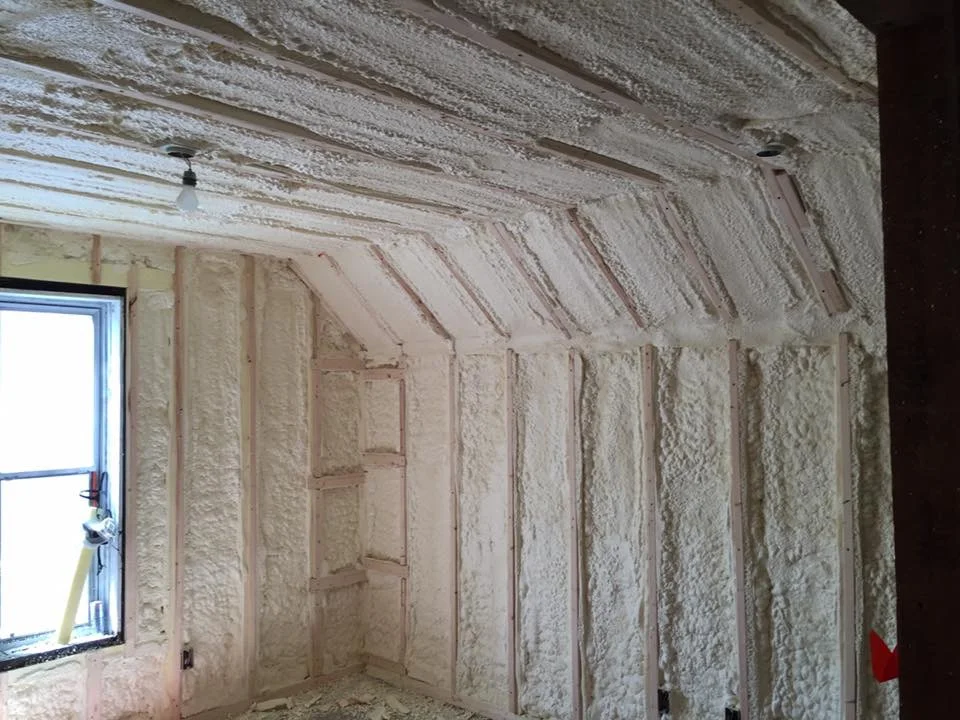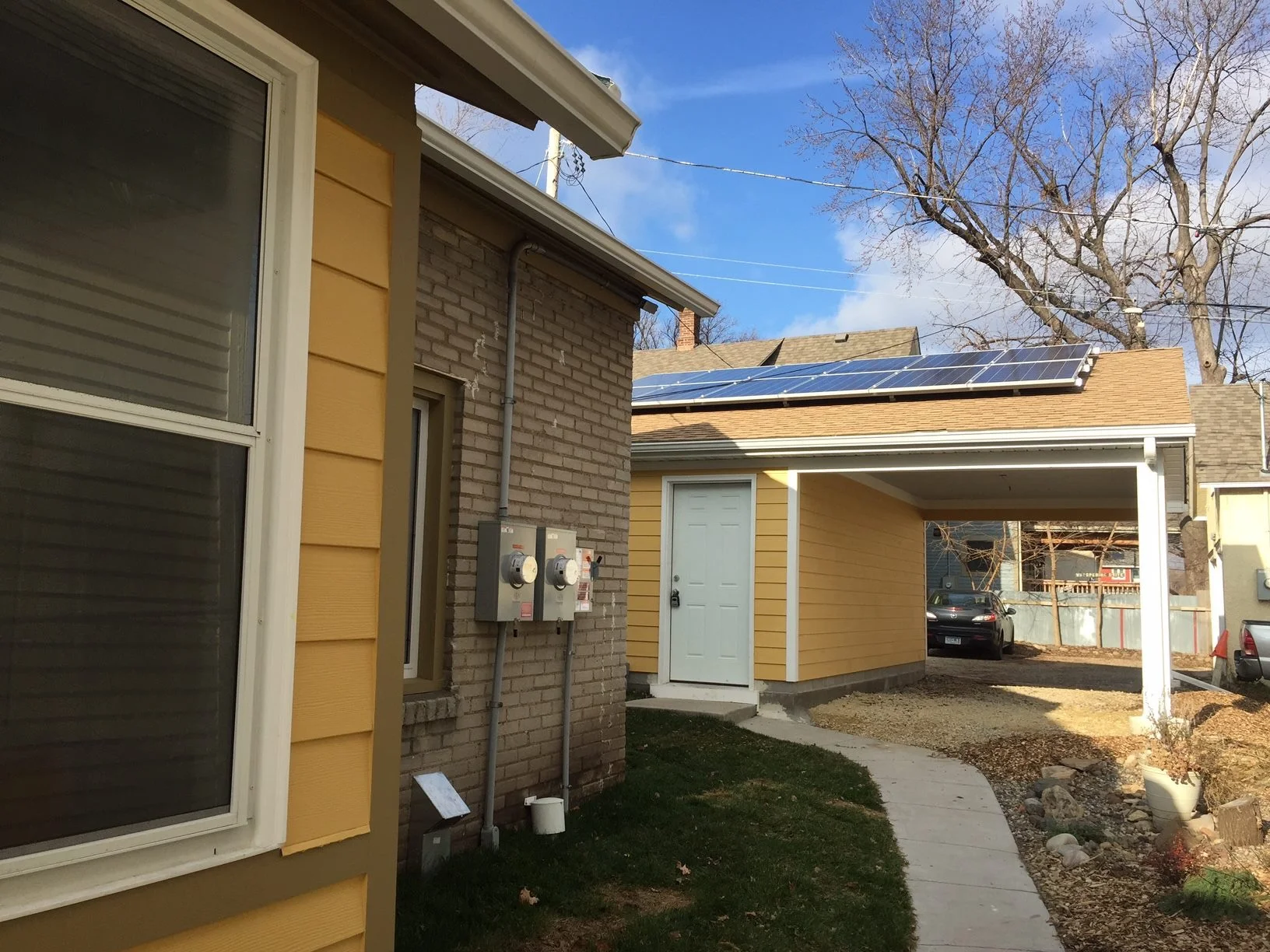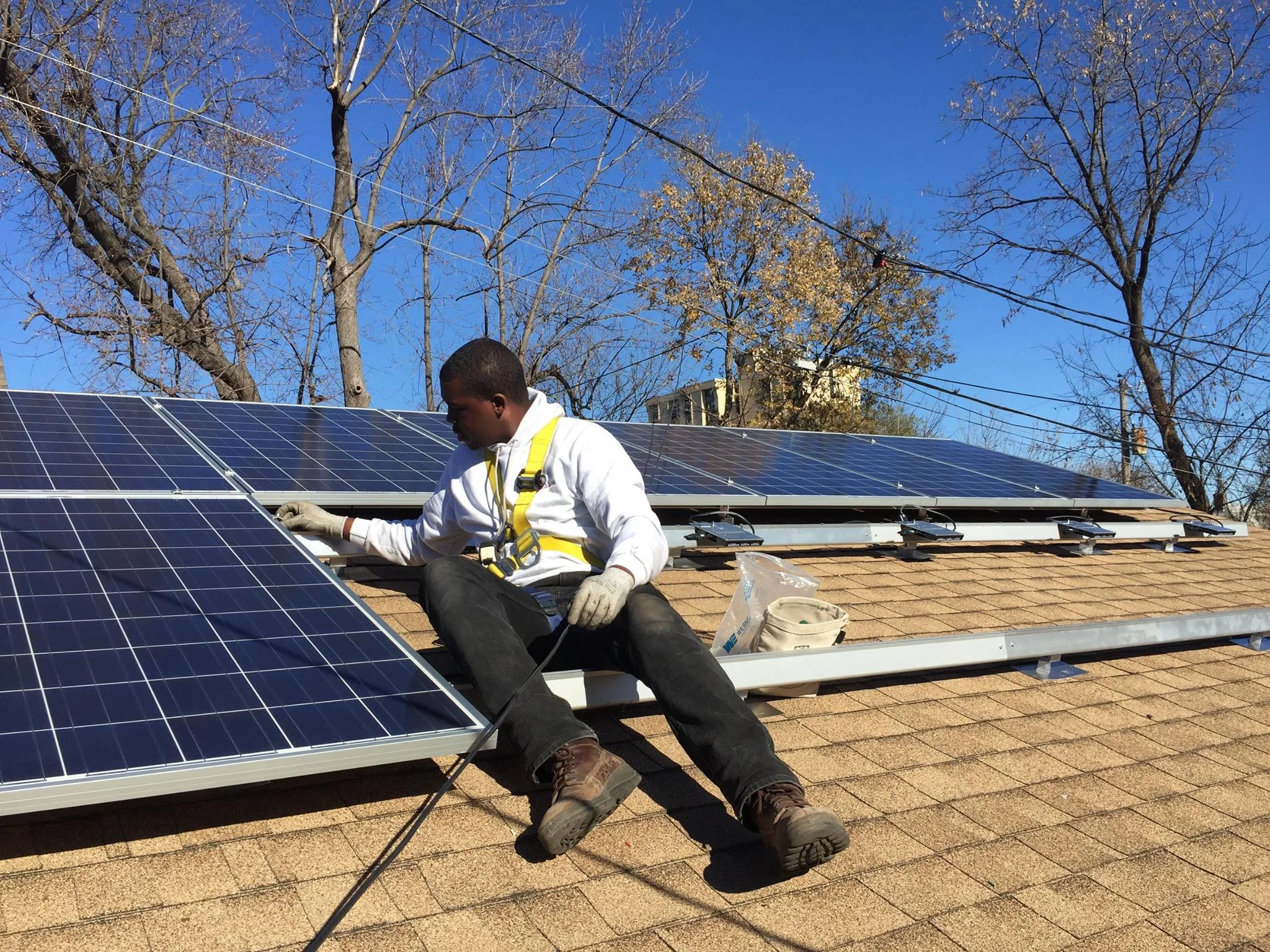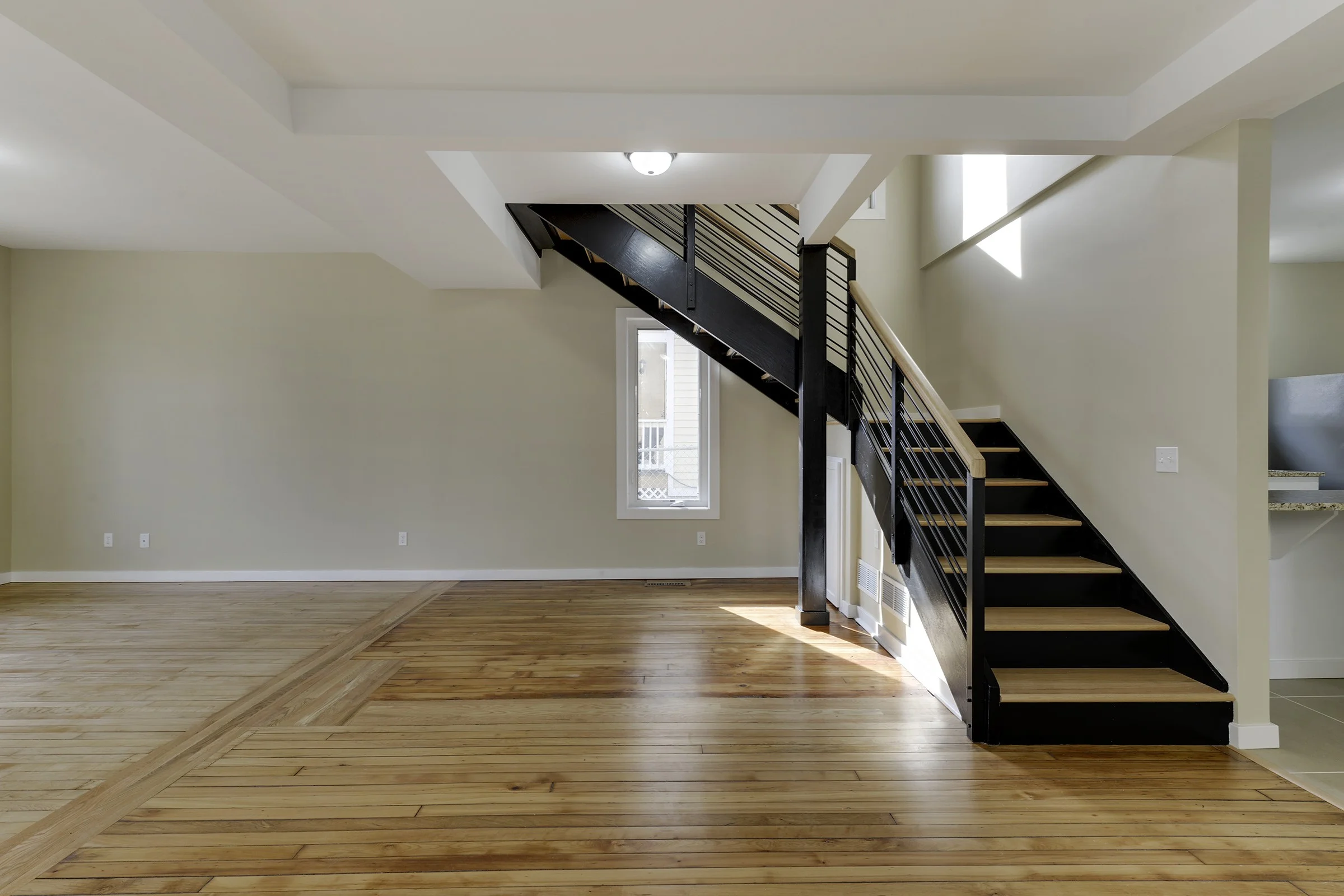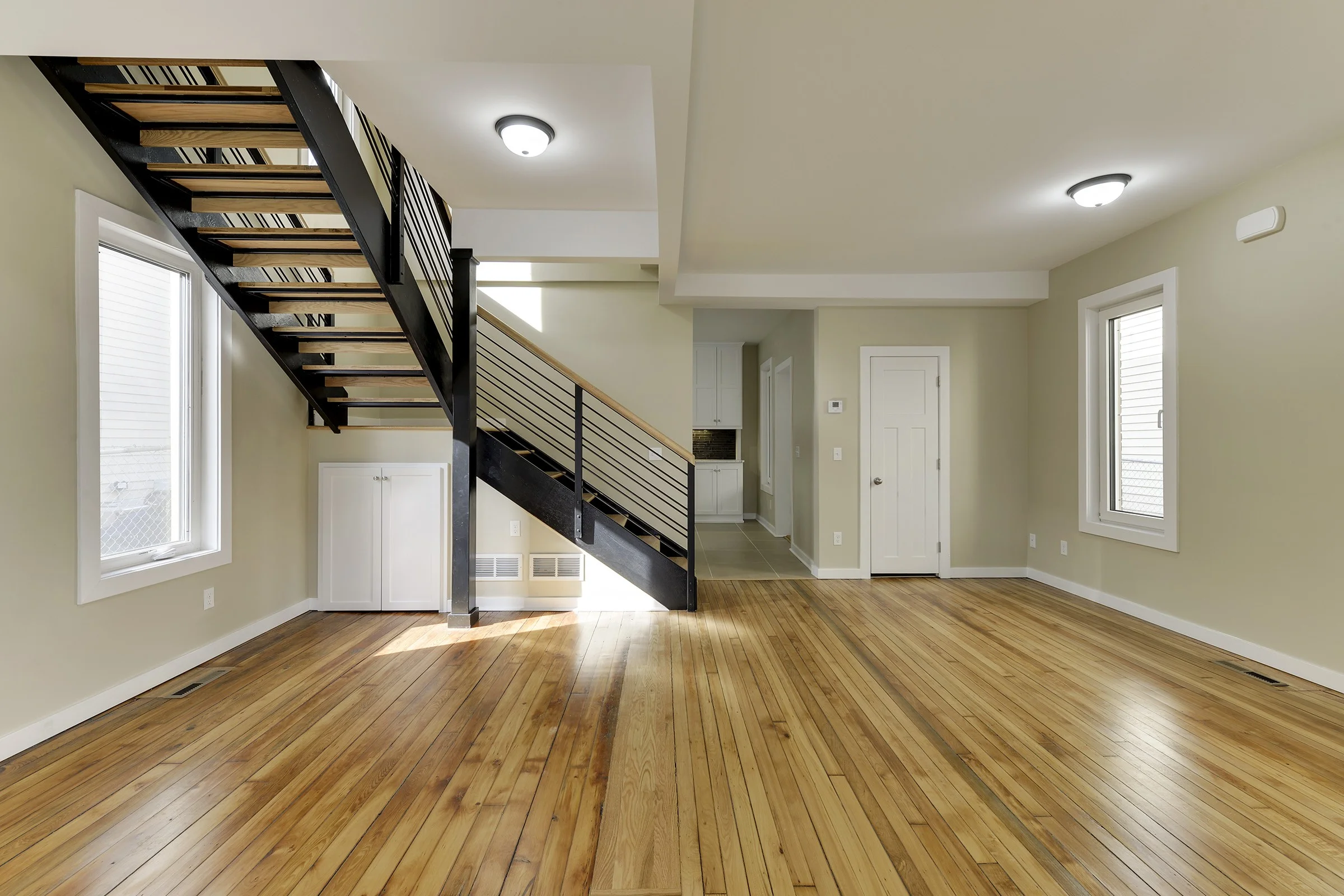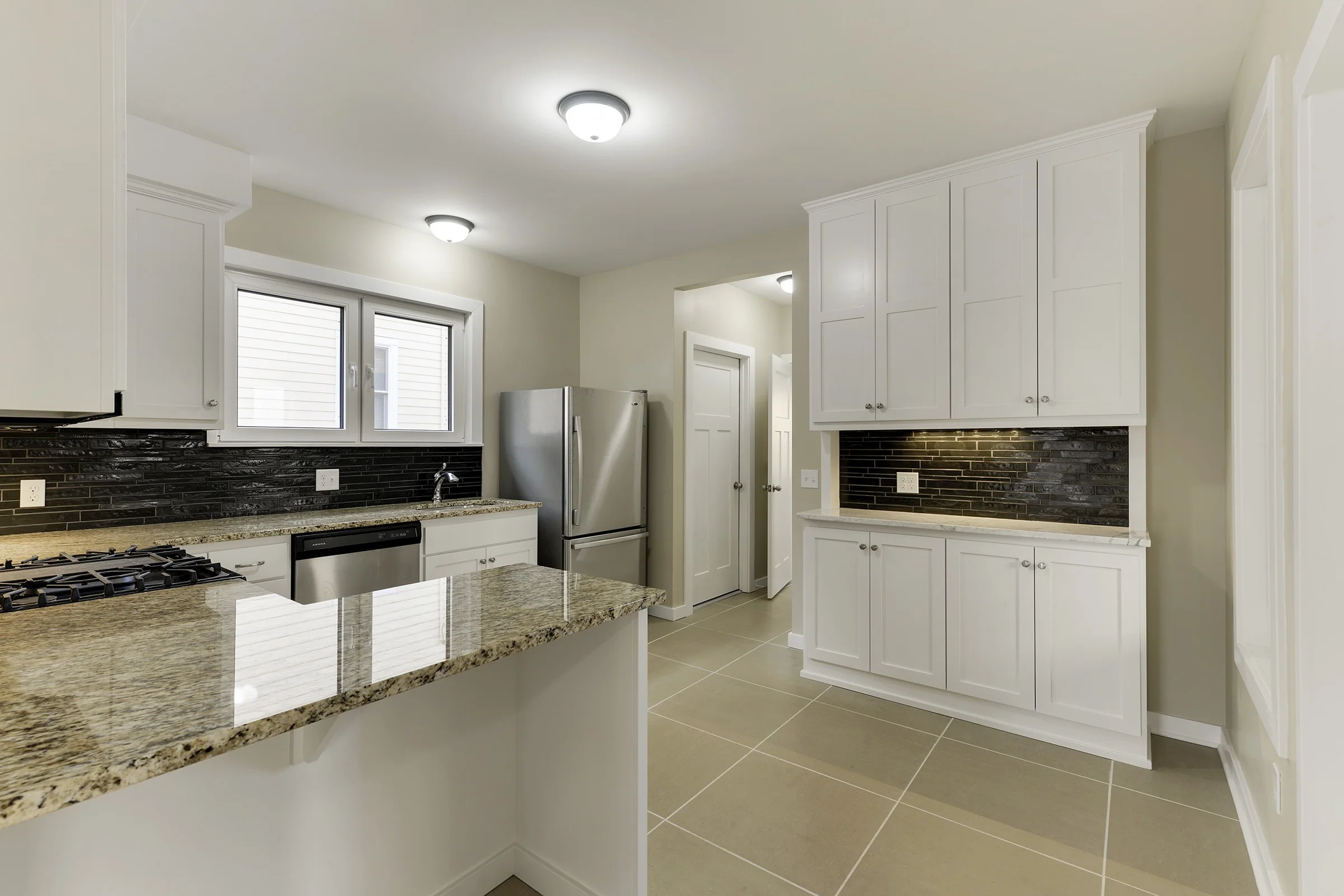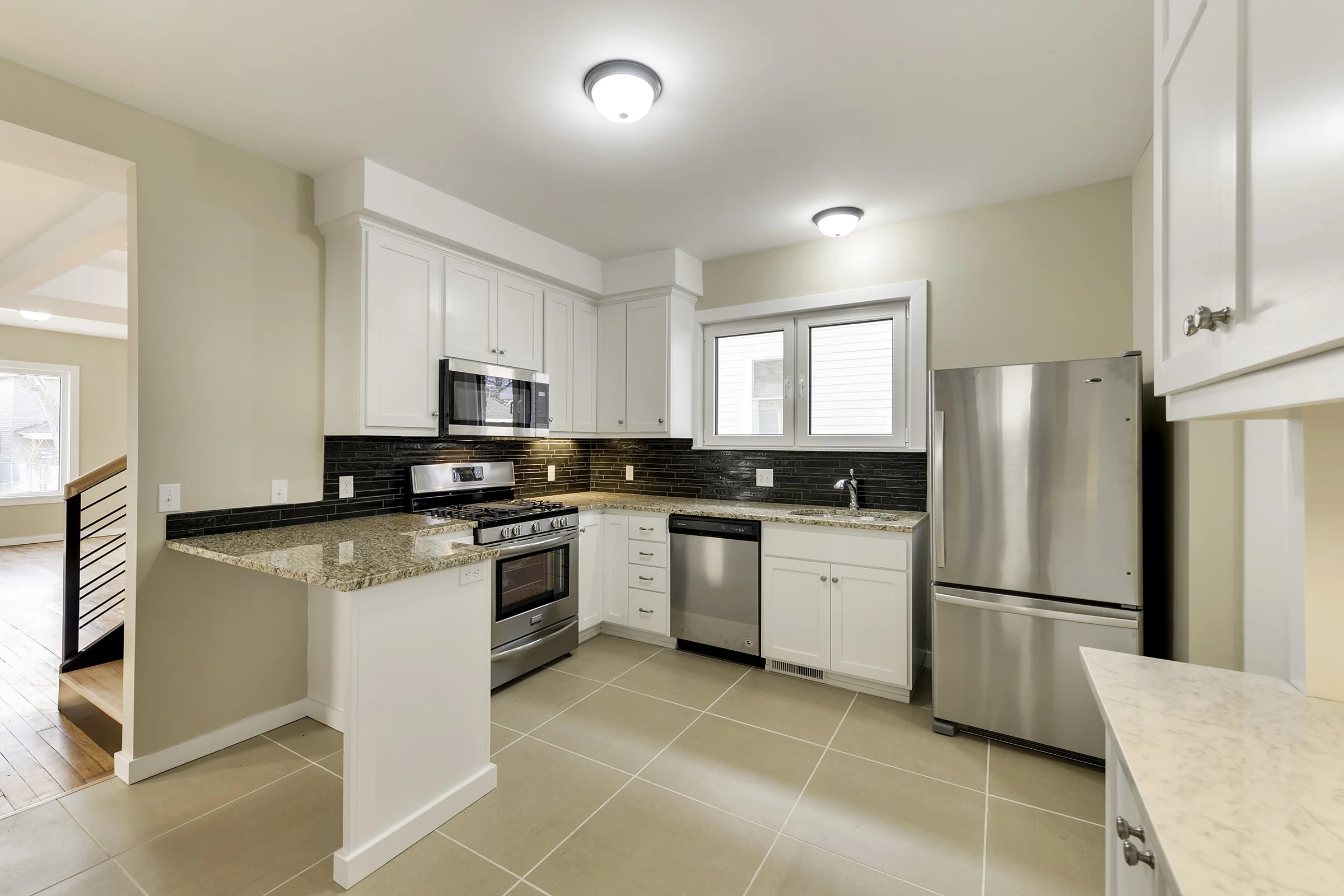Climate Change and the world of remodeling
If I had my way, every project would launch with the question: how will this remodel help to solve climate change?
That’s not realistic, though, and my clients set the goals; not me.
That said, for almost every client I meet, addressing our climate problem and sustainability in general is a priority. Most particularly, reducing energy use in their home is something they care about (and well they should).
Improving the efficiency of one’s home can be easily achieved… at first. Swapping out incandescent bulbs for LED lights actually saves money, immediately, in addition to saving energy. When it’s time to buy a new refrigerator or a new washer or dryer, purchasing a more efficient model (check for the Energy Star label!) requires a little more upfront cost but in the long run also becomes a cost savings.
During the design process, when I explain to clients that I want to expose all the exterior walls during the demolition phase — which is usually necessary for multiple reasons— and install high-performance insulation, they are happy because they know that room will become more comfortable. And there is just something unsettling about wasting energy, beyond the cost angle.
But beyond comfort and cost savings— and beyond the feeling that one’s home works well, (that it’s functioning properly, like one’s car, after a tune-up)— there is an additional feeling that not many of us have. But we could.
The feeling that our home is helping address the destruction of our climate system.
It is deeply unsettling to think, as Matt Grocoff puts it, that we can wreak havoc on our children’s future “from the comfort of our living room”. When one is reclining on the couch, it’s kind of hard to feel like one is destroying the world. But it’s true, unfortunately. Hard. True. Unsettling.
Full disclosure and transparency, I do not live in a Net Zero home, nor have I ever. The closest I have come to a Net Zero project was in 2016, when I rehabbed a 127 year old house in North Minneapolis, and retrofitted it close to carbon neutrality. The finished home is pictured above.
This was the home when we started. It was foreclosed and condemned, and had sat empty for 8 years. The City wanted to tear it down, the Neighborhood Association insisted on saving it. I put a lot of love into that house, but it was not a profitable project— not by a long shot.
The low hanging fruit, and the line in the sand
The changes I listed above— like LED bulbs and efficient appliances— are the low hanging fruit on the solution path. The line in the sand, however, is the fully-electric house.
The house I rehabbed in 2016– which we dubbed The Brick House— was not fully electric either, nor did it reach carbon neutrality. It got close, though. And carbon reduction is like hand grenades … close counts!
The fully electric house is a valued part of the climate change solution path because the electrical grid is the one area of society that shows promising movement toward zero emissions (it is now often less expensive to build wind farms and utility scale solar arrays than to operate a coal-fired electrical plant. MN’s grid is presently 25% renewables, and Xcel Energy has pledged to be carbon free by 2050, and 80% by 2030) . The fully electric house “piggybacks” off the clean energy on the grid.
Getting to fully electric, though, is a monumental effort.
It is the opposite of cost effective. The Return on Investment is beyond our lifetime, and so, at this point, only the idealists are doing it. I should say idealists with discretionary capital.
In terms of investment in our children’s future, it is well worth it. But it is hard to justify in near term economics.
The Brick House still had a furnace, albeit a small one, and it had a gas water heater. We were working within an Affordable Housing framework, and the budget just didn’t have space to upgrade that much. I took comfort in the fact that the house was efficient enough to run solely on electricity.
Thankfully, TruNorth Solar donated a solar array that we installed on the garage roof, and that made enough power to supply all the house’s electric load.
If we heated water and the home with electricity too, the array would have needed to be more than twice as big. The simpler answer would be to connect the house to a Community Solar Garden if it became fully electric. That means while the house would not be Net Zero (because all its energy is not supplied onsite), it is still carbon neutral and would be considered part of the solution to our climate problem.
Most of my projects land somewhere between the low hanging fruit and the line in the sand, and that’s understandable. We all have budgets to work within. And I expect that as the climate imperative becomes more culturally accepted, the cost of adopting solutions will go down while the value of those solutions will rise.
That’s my hope, at least.




